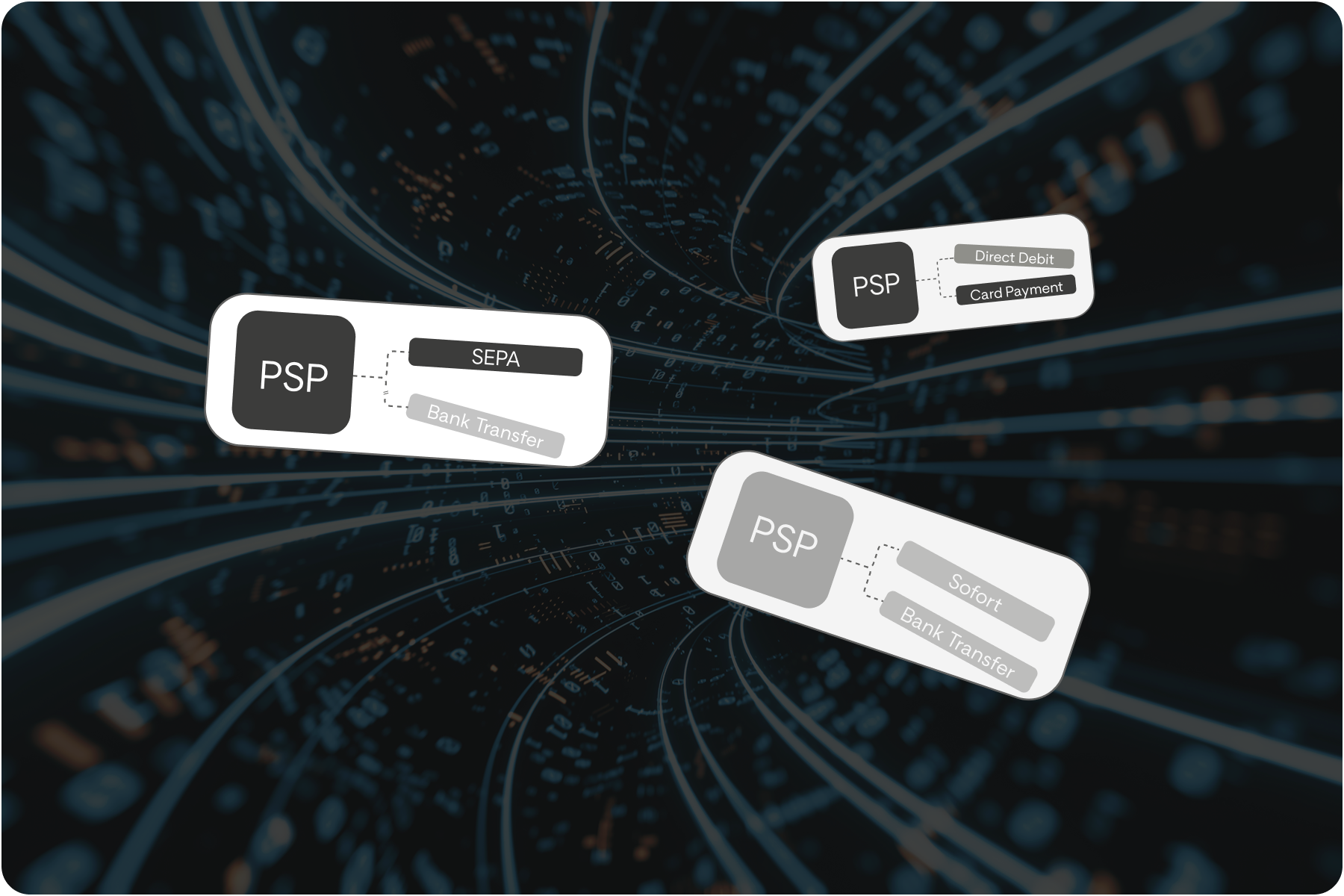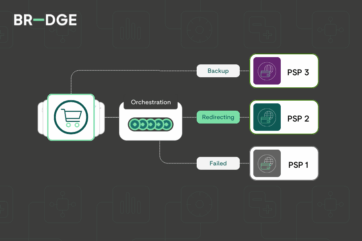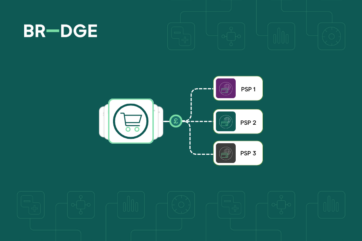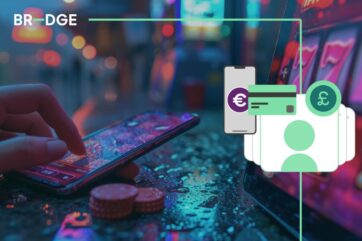
How is payment orchestration supporting face-to-face industries go digital with payments?
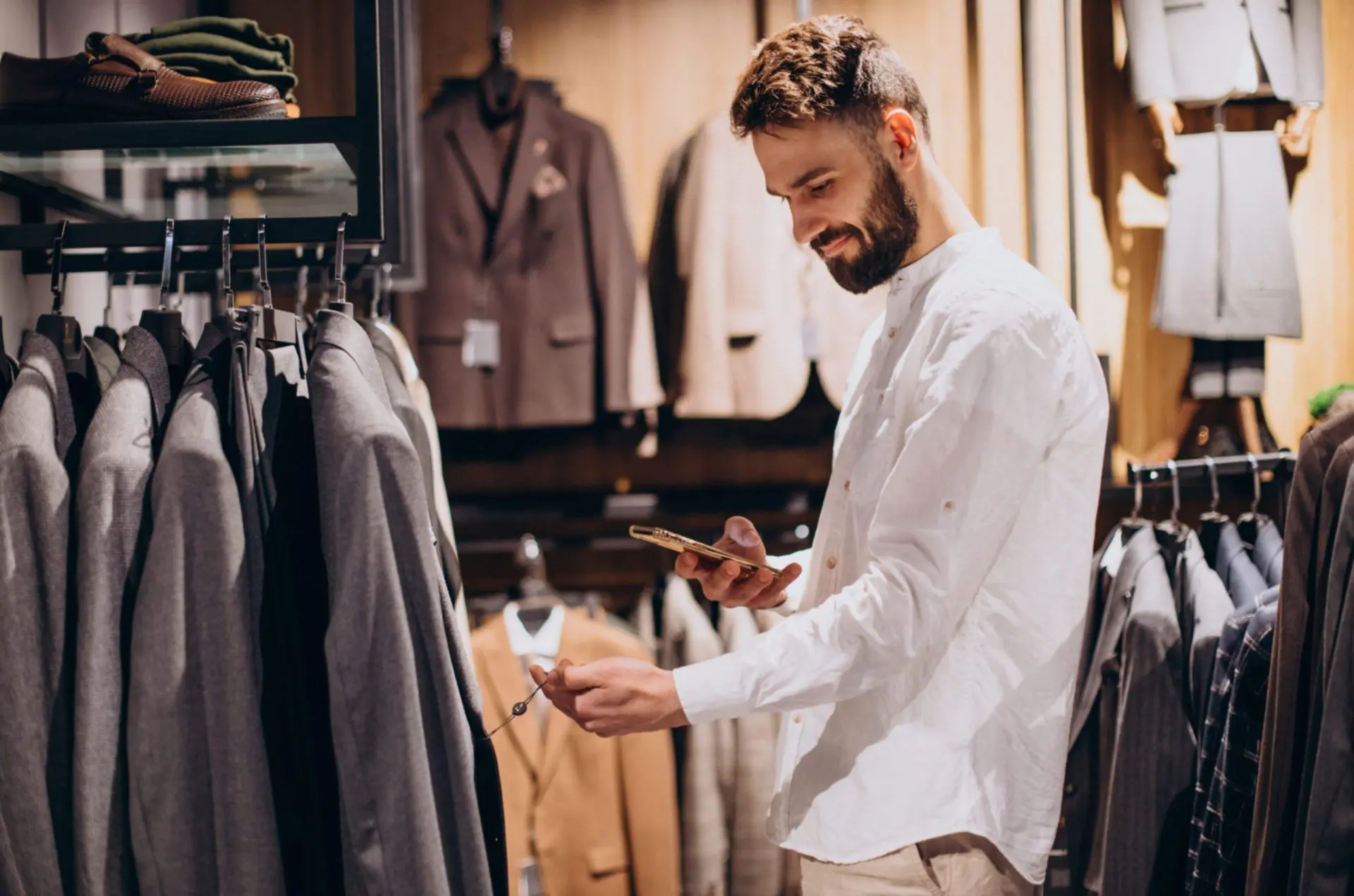
Over the past few years, the prevalence of frictionless self-checkouts at supermarkets and high-street retail outlets has increased. Many merchants are currently making use of a variety of sensors and next-generation technologies powered by artificial intelligence (AI) to eliminate the cashier from the purchasing process in face-to-face industries. Stores without cashiers can be seen as a solution to the sometimes-lengthy checkout queues, running the risk of losing customers to the competition.
Retailers, like yourself are constantly looking for innovative approaches to engage customers and provide a seamless customer journey. New technologies are demonstrating a masterful blend of online and offline, to deliver greater convenience, speed and service.
Is the rise of cashier-less stores the future of retail?
Consumers can relate to the frustration of impatiently standing in-line at a store to purchase their items. Regardless of how many checkout lines, physical and mortar establishments support, guaranteeing a quick flow can be a big challenge for retailers. With the advancements in technology to increase productivity and save retailers money, cashier-less stores are beginning to rise to tackle this challenge.
The evolution of automated payments and self-checkouts in recent years has seen a significant transformation in retail. In 2014, Starbucks launched an order and pay mobile application, allowing customers to skip the queue by ordering and paying before they reached the store. This allowed them to combine their payments and loyalty program into one application.
With Amazon taking the lead in this change, they have opened cashier-less Amazon Go stores, in a few key cities. Customers and shoppers can enter the store by scanning the Go app, picking up the items they wish to purchase and exiting the store. This is known by Amazon as the ‘just walk out’ shopping experience.
Physical stores are actively changing how consumers purchase by adopting disruptive e-commerce strategies, but this innovation is driven by the acceleration of technology within payments.
In-store digitisation
With the global pandemic, high-street retailers saw footfall drop dramatically after March 2020, as restrictions and limitations forced many to move their business online.
Although many consumers now favour shopping online, bricks-and-mortar stores are still around. Consumers still want frictionless, convenience and ease of access even when they shop in-store. Online and offline shopping are no longer seen as two distinct entities in the world of retail. The end-to-end customer journey is a combination of online and offline, with an expectation from customers desiring a fluent and transparent experience between the two.
Digitally enabled technology can be used to fuse online and physical experiences in the payment experience to improve the user experience and reduce friction. In-store transactions are being streamlined by click-and-collect, cashier-less checkouts, QR codes, kiosk purchases and online payments. For example, click and collect provides a cross-over between online and in-store, with the customer ordering online to collect in a specific location. This allows customers to browse online for products, select the product and purchase before they leave home. Ultimately, this removes the in-store purchase process but gives more access to alternative payment methods (APMs) online than in-store.
As COVID-19 accelerated the growth of hybrid buying experience, the business landscape is already undergoing change. Customers frequently choose the greatest experience because they have an option of where to purchase in the era of personalisation. With the help of technology, in-store and online transactions are no longer distinct, and loyalty programmes, kiosks and iPads are helping to make transactions digital overall. Delivering what your customers wants, when and how they want it is key to an effective omni-channel approach. It is essential for this to be as frictionless as possible, and this extends to the payment options.
With payment orchestration technology, you can harness a resilient and robust digital payment process, increasing your ability to adapt to the evolving needs of consumers in the retail sector. Payment orchestration platforms like BR-DGE, can enable you to build a better understanding of your customer’s behaviour and preferences, enabling you to offer new, hyper-personalised experience, offering more choice and flexibility wherever your customers are and however they choose to spend.
A seamless digital checkout experience
In a digital world, retailers must become more experiential and innovative to reinvigorate traditional customer in-store to compete with their online counterparts. With rising expectations and the introduction of new technology, the buyer landscape is continuously evolving. Consumers now alternate between in-person and online encounters with brands with immense ease.
At BR-DGE, we understand that payments sit at the heart of the customer transaction and that it is crucial that merchants have a flexible and agile solution to adapt to customer demand, deliver friction-free convenience and can tailor the offering to suit each individual looking to buy.
For more information on how BR-DGE can support you in going digital with your payments, contact us today.
Related content

